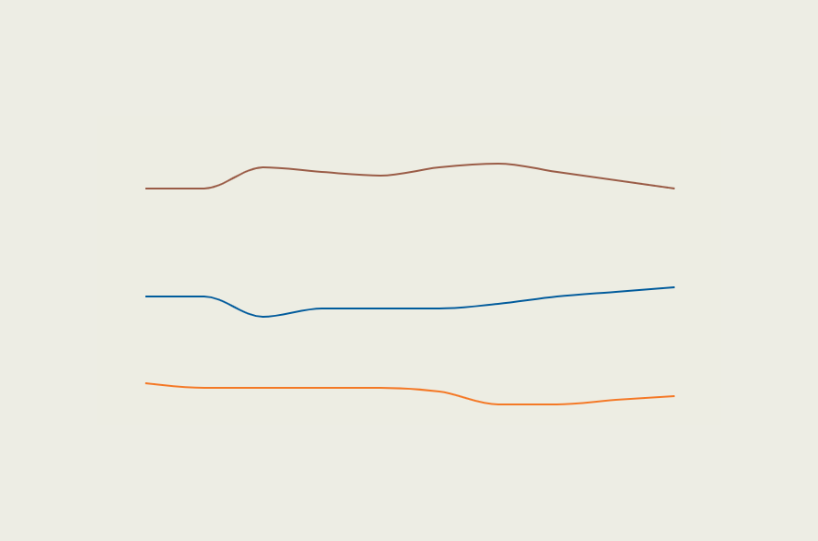Latin America's Newest Experiment in Tearing Down Trade Barriers
Latin America's Newest Experiment in Tearing Down Trade Barriers
The Pacific Alliance is important because it really is an economic integration agreement that, at the same time, is an experiment for Latin America, explains COA’s Eric Farnsworth.
Colombian industrial designer Carlos Maya grabs his luggage, steps off the plane and, like other passengers arriving in Mexico City, heads straight for the immigration line. But Maya’s Colombian passport only gets a quick review, a stamp, and that’s it — no visa required. He’s free to stay for half a year. Why’s he in Mexico? Maya’s selling machinery, and hopes to make a killing under a new trade deal uniting Mexico, Colombia, Peru and Chile.
As a Colombian, “You don’t need a visa for Mexico,” says Maya. “Now it’s much easier to reach that market, because they’ve opened their doors to us....”
“The four countries that launched the Pacific Alliance are focused on globalization and welcome openness to the global economy,” says Eric Farnsworth, vice president of international business association for the Western Hemisphere Council of the Americas.
“If you look at why the Pacific Alliance is so important, it really is an economic integration agreement, so … it’s a bit of an experiment in the context of Latin America,” says Farnsworth. Success for the group will be measured in the years ahead by how much trade and investment takes off among alliance members.
The Pacific Alliance is just the latest manifestation of 19th-century Latin American independence leader Simón Bolívar’s dream of a unified Latin America. That same sentiment is what late Venezuelan President Hugo Chávez tapped into when he came into power and dubbed his basket of social policies “The Bolivarian Revolution....”






